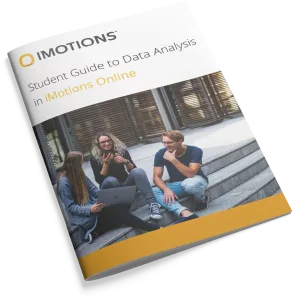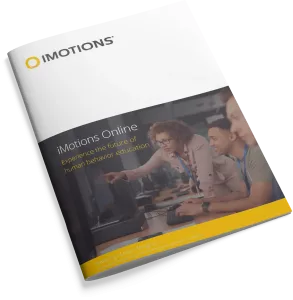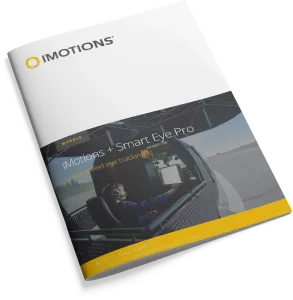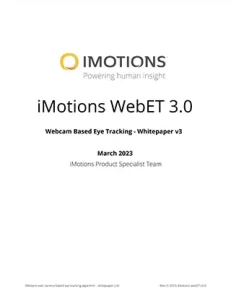The goal of this study was to better understand consumers’ likelihood to buy a plant when the word “sale” was presented in red font on a white sign, with a range of font sizes, showing an equivalent discounted price in three ways (dollar amount, 25% percent off, and buy-3-get-1-free), with the sale sign location either on the left or right side of the display. Researchers constructed a partial factorial design with three plant types producing 16 images for the study. They recruited 154 subjects from two states. Results of the rating-based conjoint study revealed that plant type comprised 45% of the purchase decision, which was consistent with prior research. Price (23.8%) was the next most important factor in likely to buy followed by sale font size. Sale sign location and sale font color were similar and third and fourth, respectively, in relative importance. The synergistic effect of sale font size and color indicate that when red fonts were used for the word “sale” they should be larger than other font sizes and placed to the right in the display. Consumer gaze appeared to move from left to right as though study participants “read” the display. Results showed the red font had greater attention-grabbing power on the right side of the display and when it appeared in a larger or smaller font size.
In College Station, Texas, researchers used Spectrum and Tobii Pro X2 (Tobii Pro, Reston, VA) eye-trackers set to 60 Hz in conjunction with iMotions 7.1 software (iMotions Inc., Copenhagen, Denmark)
Researchers exported two key visual metrics: time to first fixation (TTFF) and total fixation duration (TFD) both measured to 1/100 second. After visual metric export into a Microsoft Excel spreadsheet, the data sets were analyzed using SAS Software for Windows (Cary, NC).

Index words: consumer, eye-tracking, price, survey, signage.
Have you done Research with iMotions?
We want to do more for researchers. Please contact us if you have done research using the iMotions Software Platform and would like to be featured here on our publications list and promoted to our community.
















